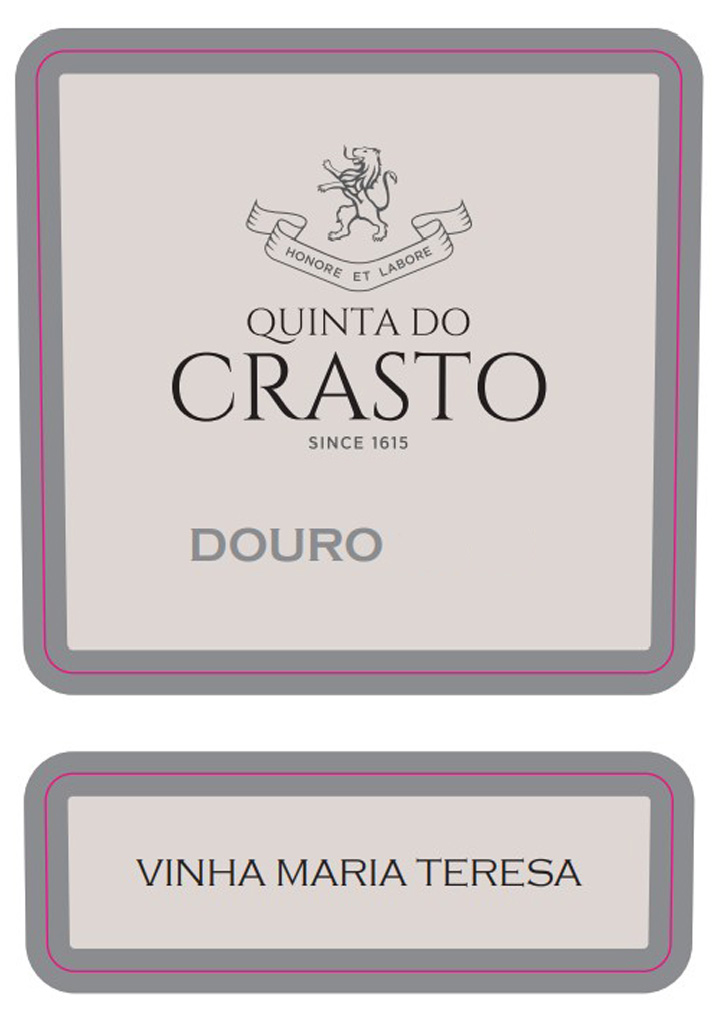Quinta Do Crasto - Vinha Maria Teresa2019
RED WINE
-
Producer
Quinta do Crasto
-
Blend
100% Old vines
-
Country
Portugal
-
Region
Douro
-
UPC
850069639426
Reviews
Wine Advocate 98
The 2019 Vinha Maria Teresa is a field blend of over 50 grapes from centenarian vines aged for 20 months in new oak (90% French, 10% American). It is a selection of the best barrels and comes in at 14.7% alcohol. This 2019 is pretty much the standard profile of this wine, especially as in comparison to its Vinha da Ponte sibling. They both have considerable power, but this adds intense flavor and finesse too, while the Vinha da Ponte tends to be stern, brooding and subdued. That's typically why I prefer this, and I do again. Taste this fast to get some of that great fruit before it closes down and the tannins take over. It seems pretty delicious, but aeration brings out the power. It may have most of Ponte's power, but there's that bolder flavor to enliven this, the red fruits around the edges. This, too, will require time in the cellar, probably more than indicated. It seems simply brilliant, though, today.
by MS, Wine Advocate , 2022
Wine Enthusiast 95
At least 54 varieties of old vines are in this single-vineyard wine. The wine has spice, vanilla, leather and mushroom aromas. It is a powerful wine that has great potential, rich tannins and concentration.
by RV, Wine Enthusiast , 2024
Wine Spectator 95
A vivid red, finely integrated and harmonious, this reveals a core of ripe black cherry, mulberry and black plum fruit, with detailed accents of mountain herbs, toasted paprika, ground anise, tar and graphite. The refined tannins provide a sculpted frame for the creamy profile, and floral and spice notes echo on the finish.
by AN, Wine Spectator , 2024
Technical Details
Ageing
About 20 months in new oak barrels (90% French oak; 10% American oak). The final wine is made from a
selection of the finest barrels.
Background
Aft�er 2017 and 2018 yields significantly below the decade average, 2019 proved to be much more generous
and more in line with what we are used to at Quinta do Crasto. However, it was still a challenging year, with
a dry winter and spring depleting the vines' necessary soil water reserves. We found, however, that in the
months of June, July and August, the vines had well-balanced and healthy canopies, without great signs
of water stress. We attributed this balance to the mild temperatures from May to late August — 5C lower
than the previous 5-year average at Quinta do Crasto. This contributed positively to a slow and well-balanced
ripening of the grapes during July and August. Exceptional levels of ripeness resulted. The 2019
harvest took place very calmly, with cold nights and hot, dry days that enabled picking at the ideal
moment. The rain on 21 and 22 September was essential, as it helped to refine the ripening of later
varieties, namely Touriga Franca. The 2019 harvest began with the first white grapes from Quinta do
Crasto arriving to the winery on 26 August and finished on 11 October when the berries from the highest
altitude vineyards came in. On balance, 2019 yielded highly expressive white wines, with excellent
concentration and extraordinary freshness. Our red wines also reflect the equilibrium enjoyed during the
vegetative cycle. They are highly complete wines, with vibrant aromas, excellent concentration, solid
structure and, above all, they are well-balanced with excellent ageing potential.
Tasting notes
Deep ruby in colour. The nose impresses for its extraordinary complexity and aroma freshness, showing
elegant notes of gum cistus, wild berry fruit and spice. Compact on the palate, evolving into a seductive
wine. The smooth-textured tannins are well-integrated with retronasal aromas that evoke fresh aromas of
wild berry fruit. The finish is engaging, balanced and long lingering. This is a unique wine that shows the
own identity of the centenary Vinha Maria Teresa vineyard.
Vinification
The grapes, coming from the vineyard plot Vinha Maria Teresa, are taken to the winery in 22 kg plastic
boxes. On arrival in the winery they are rigorously inspected on a sorting table. The grapes are then
completely destemmed and trodden in a traditional lagar (stone trough). A�fter this, the grape juice is
transferred to temperature-controlled stainless steel tanks. Once the alcoholic fermentation is completed,
the juice is gently pressed.

